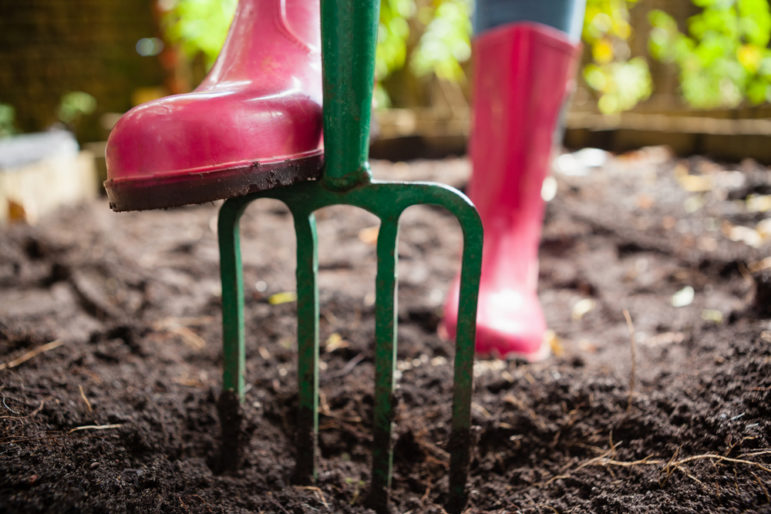
Methodology News & Analysis
Tips for Using Satellite Imagery in Forensic Investigations, from Amnesty International’s Evidence Lab
When the Myanmar military started conducting airstrikes on its citizens, researchers at Amnesty International began a forensic investigation into the supply chain, using satellite imagery to find out how aviation fuel was getting into the country, and who was supplying it.





